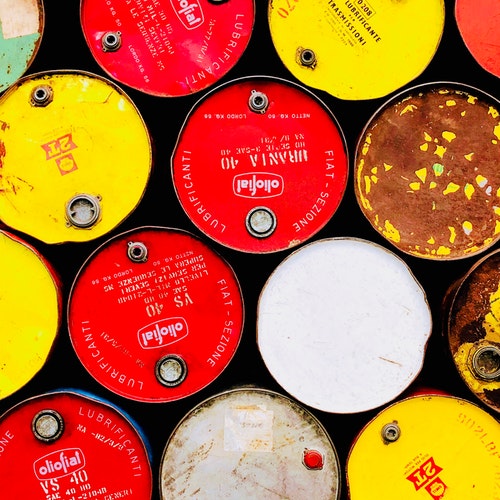Oil price strength in Q2 18 has been driven by geopolitics, in particular heightened tension in Syria and in the Middle East, and subsequently the US withdrawal from the Iran nuclear deal.
Hence, the Euler Hermes model confirms that the market is now being driven by concerns over geopolitically induced supply shortages that may or may not materialize.
What are the risks of shortfalls in Iran and Venezuela?
A full loss of production from Iran is very unlikely. Compliance levels with sanctions might be lower this time than previously when there was multi-lateral buy-in.
However, the shortfall from Iran comes at the same time as prospects for further shortfalls resulting from the Venezuelan economic and political crisis, of around 0.5 million barrel per day.
Altogether, in a realistic scenario, the market could lose about 1mbdp of oil supplies going forward.
Which countries could mitigate these shorfalls?
OPEC could step up production, notably Saudi Arabia where there is available capacity. But Saudi Arabia is unlikely to act on its own; any increase in production would have to be agreed within Opec and with Russia.
In parallel, the US government has entered into talks with international oil majors in order to gauge scope for them to increase production
Finally, the market could also see further production growth from the US, albeit limited in 2018.
What are our scenarios?
Our base case for the remainder of the year stands at USD 72/barrel (bbl). We assume 2018 GDP growth of 3.3%, and 0.5mbpd supply loss on the assumption that most of the loss from Iran will be mitigated while Venezuelan production shortfalls will not. Opec has about 2mbpd of spare capacity and there may be room for marginal growth from US production.
Our bullish scenario reaches USD 80/bbl. This assumes 2% USD appreciation, with 1.5mbpd production loss from Iran and 0.5mbpd from Venezuela.
Our bear scenario is at USD 67/bbl : we reduce our GDP growth forecast to +3% and assume a 5% USD appreciation while at the same time assuming full mitigation of all production shortfalls from Iran and Venezuela, along with a small 0.5mbpd increase from US shale production.
For 2019, our central forecast stands at USD 69/bbl, assuming +3.1% in global GDP growth, 2.5% USD appreciation and 2mbpd oil supply growth. It also includes the strong likelihood of some OPEC production increases, and US shale production becoming debottlenecked in the second part of 2019.
The full study is available here .

